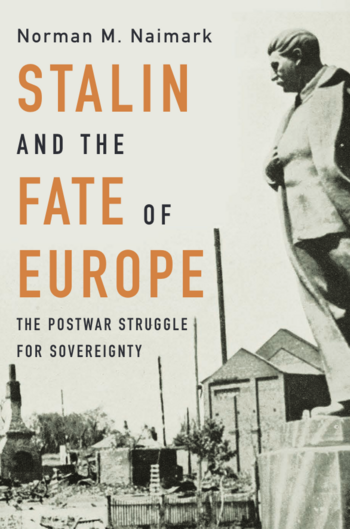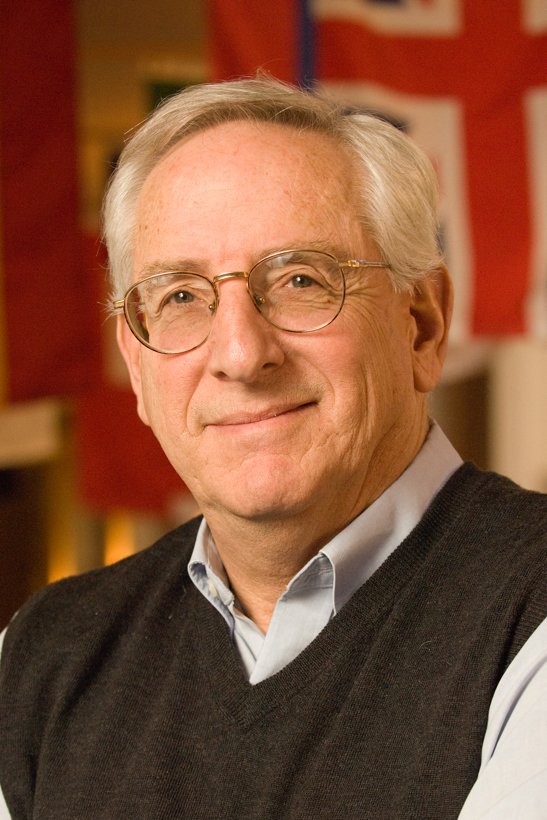The Trump administration has finished off the 1987 Intermediate-range Nuclear Forces (INF) Treaty, a treaty mortally wounded by Russia’s deployment of a banned intermediate-range missile. That leaves the 2010 New Strategic Arms Reduction Treaty (New START) as the sole agreement limiting U.S. and Russian nuclear forces.
New START has less than two years to run. At the February 15-16 Munich Security Conference, a senior Russian official reiterated Moscow’s readiness to extend the treaty. The administration, however, continues its odd reluctance to take up that offer. House Democrats should use their power of the purse on the issue.
WHY EXTENSION MAKES SENSE
Signed in 2010, New START limits the United States and Russia each to no more than 700 strategic ballistic missiles and bombers, and no more than 1,550 deployed strategic warheads. Those limits took full effect in February 2018. Both sides have complied, although technical questions have arisen. Russian officials question the way in which the U.S. military converted some launchers so that they would not count.
By its terms, New START runs until February 5, 2021. It can be extended for up to five years by simple agreement between the U.S. and Russian presidents.
When asked about extension in 2017, administration officials said they would wait to complete the nuclear posture review and to see if the Russians met the New START limits. Both of those boxes were checked more than a year ago. Administration officials now say they are studying extension but see no need to rush.
New START extension is in the U.S. interest.
First, extension would constrain Russian strategic nuclear forces until 2026. It makes little sense to let the treaty lapse in 2021, when Russia has hot production lines churning out new missiles, submarines, and bombers.
Second, New START extension would not impact U.S. strategic modernization plans. They are sized to fit within New START’s limits. Moreover, the United States will not start producing significant numbers of replacement missiles, submarines, and bombers until the second half of the 2020s.
Third, extension would continue the flow of information that the sides share with each other about their strategic forces. That comes from data exchanges, notifications, on-site inspections and other verification measures, all of which end if New START lapses. Making up for that loss of information would require a costly investment in new national technical means such as reconnaissance satellites.
WHY WE SHOULD WORRY
Extension should be a no-brainer. However, in a White House that operates on its own facts and at times with an indecipherable logic, extension is not a given.
President Trump does not seem to understand much about nuclear arms control. During his first telephone conversation with President Putin, Trump reportedly dismissed New START as a bad deal done by his predecessor. He has taken delight in undoing the accomplishments of President Obama (witness the Iran nuclear accord).
National Security Advisor Bolton shows disdain for arms control and has criticized New START. One of its faults, according to Mr. Bolton: It provides for equal limits on the United States and Russia. He felt the treaty should allow the U.S. military to have more. (U.S. diplomats would have had an interesting time trying to negotiate that.) Asked about New START extension, Mr. Bolton notes two alternatives: renegotiation and a new treaty modeled on the 2002 Strategic Offensive Reductions Treaty (SORT).
Renegotiation would allow U.S. officials to try to improve New START, perhaps with more intrusive verification measures, or even broadening the agreement to cover non-strategic nuclear weapons. Moscow, however, would seek changes as well, such as constraints on missile defenses—anathema to Washington.
Renegotiation would prove difficult, take considerable time, and have at best uncertain prospects for success. A wiser course would extend New START and then seek a renegotiation or a new follow-on treaty.
As for SORT, negotiated by Mr. Bolton, it limited deployed warheads only. Mr. Putin accepted that in 2002, but Russian officials have long since made clear that limits should apply to warheads and delivery vehicles, as they do in New START.
SORT, moreover, was “sort of” arms control. Lacking agreed definitions, counting rules or monitoring measures, it was unverifiable. In doing their own counts on the honor system, the U.S. and Russian militaries may not have even counted the same things.
Neither Secretary of State Pompeo nor Acting Secretary of Defense Patrick Shanahan has shown interest in championing New START. The uniformed military leadership argued the treaty’s value in the past, but Chairman of the Joint Chiefs Joseph Dunford recently has hedged.
While ratification of a treaty requires consent from two-thirds of the Senate, the president alone can decide to leave a treaty. The Trump administration did not consult with either Congress or allies on withdrawal before Trump announced his intention to pull out of the treaty last October.
HOUSE DEMOCRATS TO THE RESCUE?
While the Trump administration shows little interest in arms control, it does want funding to modernize U.S. strategic forces. Democrats should recognize that and force the White House’s hand.
The U.S. strategic triad is aging. Ballistic missile submarines are the leg of the triad most in need of urgent replacement. They should be funded. Replacing intercontinental ballistic missiles (ICBMs) or building the B-21 bomber, however, are less urgent needs. As they work on the appropriations for the 2020 defense budget, House Democrats should make clear to the White House and the Pentagon that money for ICBM modernization or the B-21 would need to be paired with extension of New START. That will get attention.
Retaining a strategic triad makes sense (though the need for 400 deployed ICBMs is debatable). Retaining New START makes sense as well. House Democrats should simply insist on a trade.


